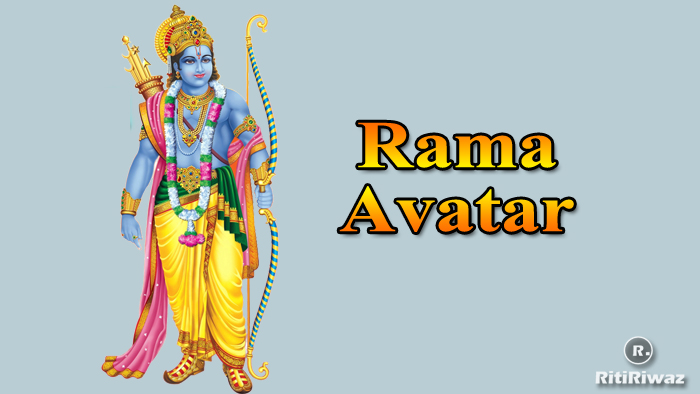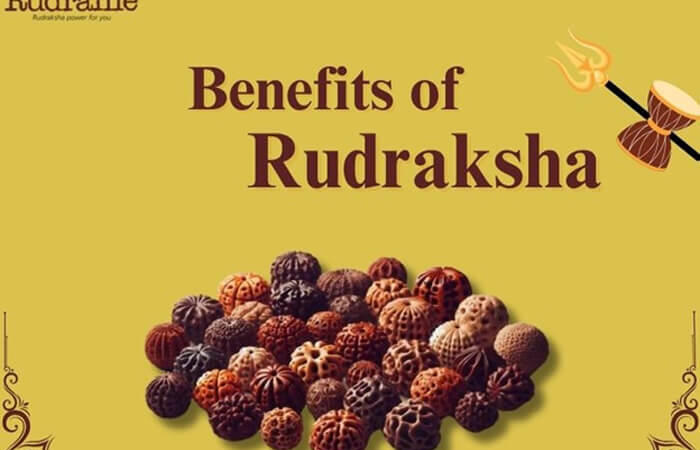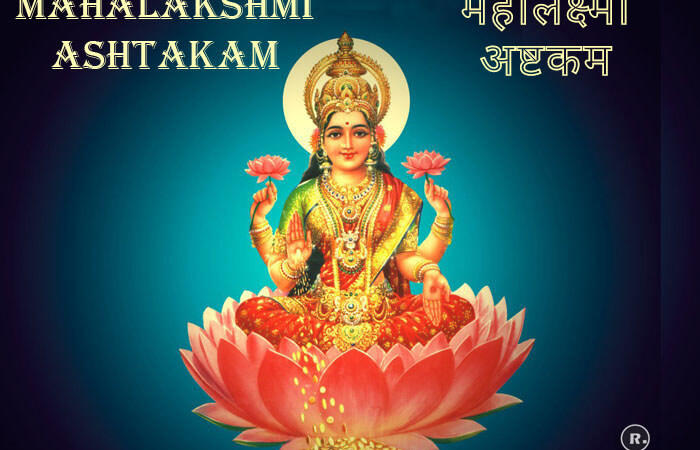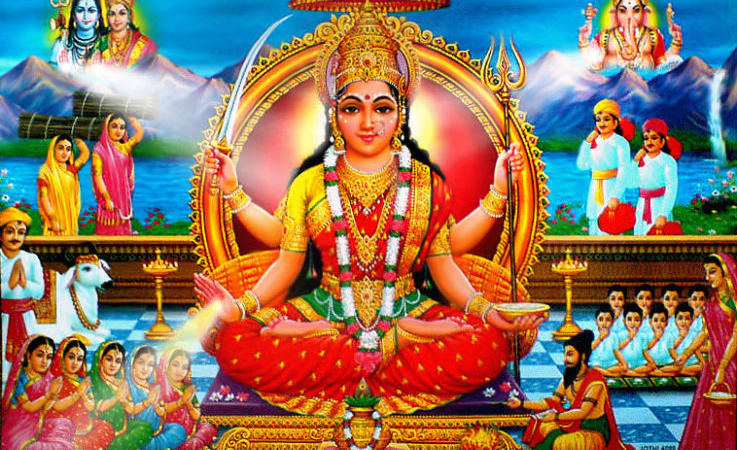Rama Avatar – The Perfect Man

Lord Rama is the seventh avatar of Vishnu and is considered the most important avatar, he was an ideal man (Maryada Purushottam) and a perfect human, not only physically but also mentally and spiritually.
Rama was born during Treta Yuga, 1.2 million years ago to slay the demon Ravan, the king of Lanka, and other rakshasas who had troubled mankind. Lord Rama is the most divine figure of all times and is considered as the most powerful avatars along with Lord Krishna.
According to the great epic Ramayan, the demon King of Lanka, Ravan, had acquired a boon from Lord Shiva that he could not be killed by the hands of a deity, demon, demigod, or a Kinnar (a demigod with a head of a horse). Due to this boon, Ravan had become fearless and so he had started persecuting the Saints, Sages, and righteous men. Even the deities had become terrified of Ravan. Religion was getting destroyed and injustice was increasing.
Devtas approached Lord Vishnu and requested him, “Kindly save us from the terror of this arrogant demon.” Lord Vishnu after hearing their cry assured them that he will take birth on earth and relieve the three worlds from Ravan’s terror. Lord Vishnu in this avatar took birth as Ram, the eldest son of Dashratha, king of Ayodhya, to eradicate evil and free earth from all the demons ( rākṣas) and teach mankind the importance of duty over desire.
Suggested Read: Shri Ram Chalisa
Ram was born as the son of Dasharatha, the king of Ayodhya. King Dashrath organized a Putreshthi Yagya (a sacrifice performed for the purpose of having a son), Rama was born to the eldest Queen, Kaushalya. Ram was the eldest of the four sons Dasharatha have and he decided to crown Ram as his successor.
Everybody was very happy with the decision until a day before when Kaikeyi was brainwashed by her wicked maid Manthara regarding the insecurity of the future of her son, Bharata. Kaikeyi, who was initially pleased for Rama, now gets highly jealous and asks Dasharatha to fulfill the two boons that were given to her by Dasharatha, after the birth of Rama, and the rest of the siblings.
The first boon that she asked for was to send Rama away to banishment into the forests for fourteen years, and the second was to crown Bharata as the king of Ayodhya, in place of Rama. Rama willingly accepted the term of exile and also gives up his title without the blink of an eye, so that his father won’t have to go back on his promise given to Kaikeyi.
Suggested Read: History Of Ayodhya Ram Janam Bhoomi
Rama, then leaves for his exile, joined by Sita and Lakshmana. Dasharatha couldn’t bear the grief after his son left, and dies thereafter. Rama, even after his father’s death decides not to return to Ayodhya till the completion of his term, as promised by him to his father. Thus, we see the amount of dedication that he had to fulfill the promise that he gave to his father, even after his death. Rama, therefore, symbolizes the ideal devoted son, who can sacrifice anything for his parents. Rama’s natural soul was that of an obedient son.
In the Great War against Ravana and his army, Rama killed some of the most powerful rakshasa warriors in Ravana’s kingdom, including Kumbhkarna, Ravana’s brother, along with thousands of rakshasa soldiers. In his final face-off with Ravana, Ravana invoked all his magical powers, even his boons, granted to him by Brahma and Shiva, along with all the magical warfare possessed by the rakshasas.
This battle between Rama and Ravana is one of the fiercest battles in the history of ancient Hindu mythology. They inflicted serious injuries on one another, as both possessed highly potent weapons, capable of destroying the entire universe. Finally, after a long and tiring battle, Rama decimated Ravana’s central head, the source of all Ravana’s powers. Rama proves that he is one of the most gifted warriors, as he was successful in defeating one of the strongest and most resourceful devils of all time, who had gained all his powers by his years of devotion and Tapasya to Lord Brahma.
Suggested Read: 10 Ramayana Places In Sri Lanka
By killing Ravan, Rama made the sages and righteous safe again and reinstalled the glory of religion. On finishing his forest exile, Rama became the king of Ayodhya and ruled as a protector of his subjects and a dutiful religious king.
Rama and Sita are the protagonists in one of the most famous love stories of all time. Sita and Rama are described as being deeply in love and are theologically understood as avatars of Lakshmi and Vishnu respectively. When Rama is banished from the kingdom, he attempts to convince Sita not to join him in a potentially dangerous, and certainly arduous, existence in the jungle, but Sita rejects this suggestion and insists on accompanying him. When Rama orders her not to do so in his capacity as a husband, Sita rejects this also, asserting that it was an essential duty of a wife to be at her husband’s side, come good or ill. Rama, in turn, is assiduously protective and caring for Sita throughout the exile.
Rama’s reign was set apart due to the happiness, prosperity, peace, good conduct, and virtues that characterized it. That is why it is one of the best and ideal reigns and so is called ‘RAM RAJYA’. Rama himself is the ideal of mercy, modest, virtuous conduct, sacrifice, and generosity. He became an exemplar of Indian civilization because of his singular virtues and shining character. Rama is paid homage as ‘MARYADA- PURSHOTTAM’ in the Puranas as he is the perfect man, who maintains dharma with the help of his companions.
Suggested Read: Shri Rama Navami
The story of Rama is famous all over India. Except for the demons, all the principal characters of Ramkatha also cherish social ideals and virtues. Rama’s wife Sita was also an ideal wife. His brothers Lakshman, Bharat, and Shatrughna were also ideal brothers. Hanuman and Sugriv have been immortalized as an ideal devotee and an ideal friend respectively. Even the demon family of Ravan had a righteous member: Vibhishan. That is why the ‘RAMAYAN’ is approved as the best epic for depicting social ideals.
Apart from India, Ramayana is famous in countries like Indonesia, Java, Thailand, Myanmar (Burma) and Cambodia. Ramkatha is available in three hundred forms in different languages. In this, the ‘Ramayana’ composed by Valmiki in India and ‘Ram Charit Maanas’, composed by Tulsidas, is the most famous. Valmiki’s Rama is a human being, and the way he conducted his life, he exemplifies the ideal man, whereas Tulsidas believes Rama to be a God and devotedly bowed to him. In both these forms, Rama’s character is generous and inspiring. The classical poet Kalidas was inspired by the royal character of Rama, and so he created ‘Raghuvansh Mahakavyam’.
In modern times, national poet Maithili Sharan Gupta’s famous poem ‘Saket’ is focused on the luminous character of Rama. Rama’s character will always remain an ideal in every age for the making of a single-faced, complete, and peaceful society. As a person, Rama personifies the characteristics of an ideal person (Purshottam) who is to be emulated. He had within him all the desirable virtues that any individual would seek to aspire to, and he fulfills all his moral obligations (Maryada).
Suggested Read: Gods of Hinduism
Rama’s purity and piety in his intentions and actions inspire affection and devotion for him from a variety of characters from different backgrounds. For example, he gave up his rightful claim to the throne and agreed to go into exile for fourteen years, to fulfill the vow that his father, King Dasharath, had given to Kaikeyi, his third wife. This in spite of the fact that Kaikeyi’s son, Bharat, even begged him to return to Ayodhya, saying that he did not want to rule in place of Rama. But Rama considered his dharma as a son above that of his own birthright and his life’s ambition. For such supreme sacrifices and many other qualities, Shri Rama is considered a Maryada Purshottam.
Suggested Read: The Epics | Ramayana | Mahabharata






